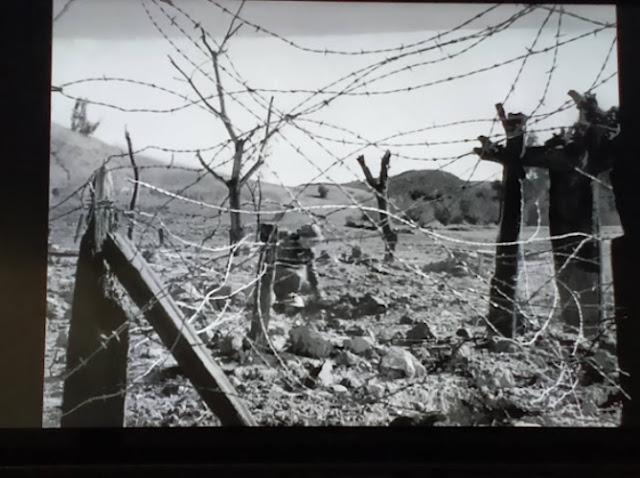Hello views!👋
I am Kavita Chauhan,
a student M.A. sam-2 in Department of English , MKBU.
Frame Study of The Great Dictator by Charlie Chaplin
Thinking Activity 💭💬
Today I am write This blog is a part of a thinking activity to understand the Zeitgeist of the 20th Century: From Modern Times to the Era of Great Dictator .In this blog I am going to discuss major characteristics of the 20ty century and its emergence 'The Great Dictator.
- assigned by Dilip bard sir
• Introduction of the film:
The film Great Dictator is a 1940 American anti-war political satire black comedy film written, directed, produced, scored by, and starring British comedian Charlie Chaplin, following the tradition of many of his other films. Having been the only Hollywood filmmaker to continue to make silent films well into the period of sound films, Chaplin made this his first true sound film. In the film, scenes featuring Hynkel, the dictator, are narrated like a radio commentary. This style mimics real-life political broadcasts, satirizing the bombastic nature of leaders' speeches and their control over public perception through mass media.
For more detail reading of movie visit this page. The_Great_Dictator
•Understanding Frames in "The Great Dictator"
1.Dictatorship:
In "The Great Dictator," the dictatorship frame portrays the concentration of absolute power in the hands of Hynkel, the dictator character played by Charlie Chaplin. The film satirically exposes the unchecked authority and control wielded by the dictator, reflecting the real-world autocratic regimes of the time
Through scenes mimicking radio commentaries, Chaplin highlights the bombastic nature of leaders' speeches and their manipulation of public perception through mass media. The depiction of Hynkel's commands and the authoritarian structure symbolizes the lack of autonomy and equality among individuals, emphasizing the power imbalance inherent in a dictatorship
This frame in "The Great Dictator" serves as a satirical commentary on the oppressive nature of dictatorial rule, shedding light on the consequences of unchecked power and the impact on both the fictional world of the film and the broader historical context it reflects
2. World War:
War Scene with Wooden Structures:
This frame shows a war setting with wooden structures leading to a cave, like a hiding spot from the battle. The line might mean safety or a secret place during the chaos of war.
Big War Weapon Scene:
In this scene, a big war weapon is displayed, showing the powerful and destructive impact of war. It indicates the unequal power between sides or how the conflict can become more dangerous. It might also reveal advancements in war technology or the threat posed by such weapons
This scene, with debris flying after an explosion, vividly illustrates the chaos, destruction, and immediate impact of violence. It represents how war can devastate both the environment and people's lives
People Giving Commands Scene:
In this frame, people are giving commands instead of working independently. It suggests a power imbalance and hierarchical structures where orders are given, indicating a lack of independence or equality among individuals. This might represent a situation where authority figures control others' actions or decisions.
Person Surrounded by Fog of War Scene: This frame shows a person (Charlie) surrounded by a fog of war, symbolizing isolation, vulnerability, and the challenge of navigating through uncertainty and chaos without clear guidance or support..
Fencing with War Scenes Scene:
This frame, depicting war scenes through fencing, suggests a disconnection between power and the reality of conflict. It implies that a leader or authority figure is distant from the actual turmoil and struggles of war, revealing a sense of detachment or separation from the harsh realities faced by those in the battles and chaos
3. Mobocracy and Dictatorial Democracy in "The Great Dictator":
Mobocracy
In "The Great Dictator," mobocracy is depicted through scenes showcasing a large and blindly obedient crowd following Hynkel, the dictator. This highlights the dangers of uncontrolled masses driven by charismatic leadership. The film emphasizes how unchecked power can manipulate and control people, portraying the chaos that arises when a leader exploits the unquestioning loyalty of the crowd.
Dictatorial democracy
Chaplin's satire extends to the concept of dictatorial democracy, revealing the paradox of regimes claiming to be democratic while maintaining authoritarian control. The film satirizes leaders who use democratic language and institutions to disguise their autocratic rule. Scenes where Hynkel manipulates public perception through media and pseudo-democratic processes highlight the irony of a dictatorship masked as a democracy. This theme serves as a critical commentary on the deceptive nature of regimes that undermine true democratic principles.
Thank you for visiting 😊













No comments:
Post a Comment